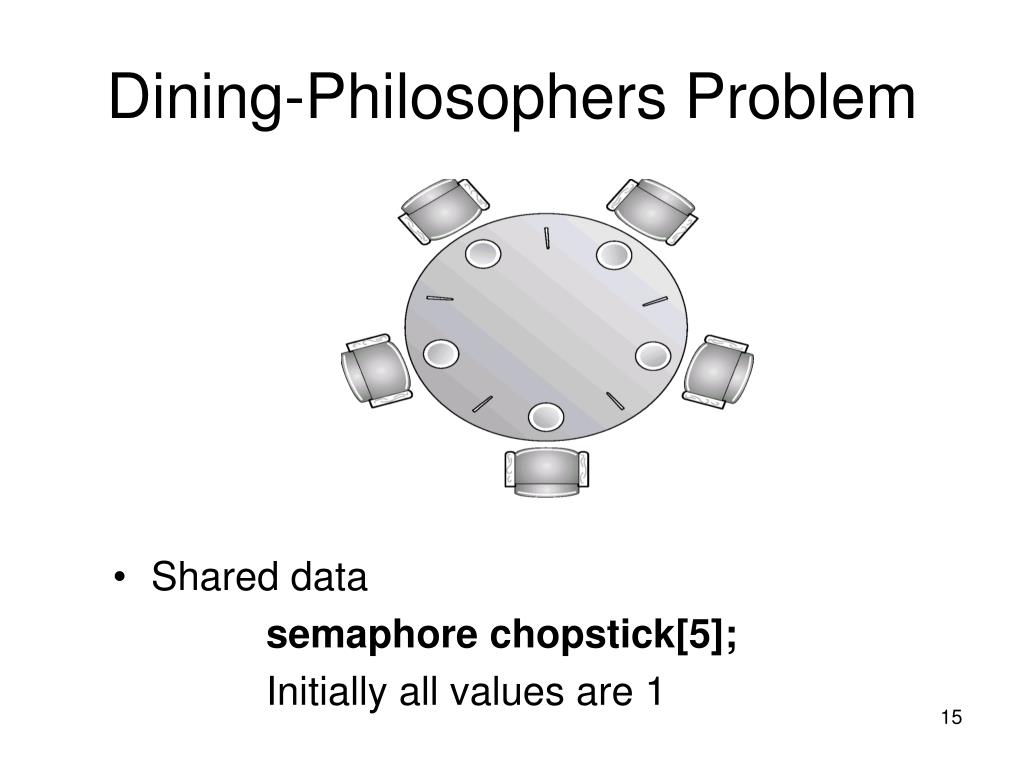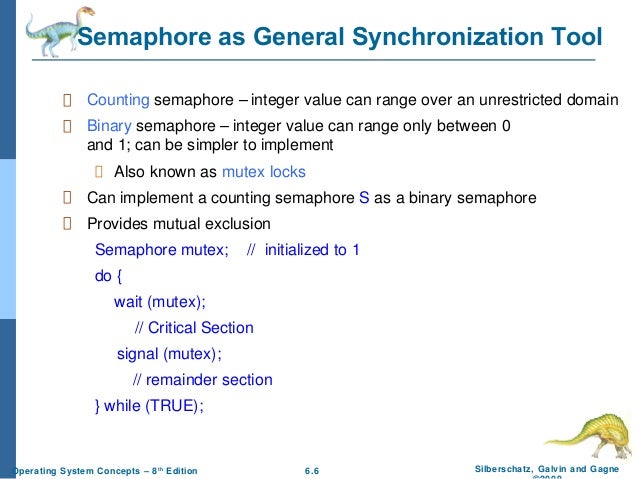

It may be used either to obtain the identifier of a previously created semaphore set (when semflg is zero and key does not have the value IPCPRIVATE ), or to create a new set. I am sharing here because I haven't seen any other solutions addressing this. The semget () system call returns the System V semaphore set identifier associated with the argument key.

There are two types of semaphores: Binary - take on values 0 or 1.
#Geting semaphor value code
I have used the following logic/solution. Semaphore is an integer variable which is used as a signal to allow or not allow a process to access the critical section of the code or certain other resources. If it is not specified, the initial count is zero. Knowing when all counts are available in a semaphore is useful. It has be a positive value that specifies the initial count of the semaphore. If the initial value of the semaphore is ten. Public Semaphore(int initialCount, int maximumCount) Calling up() increments the semaphores value and wakes up a process waiting for the semaphore, if one exists. QSystemSemaphore::Create, 1, QSystemSemaphore takes ownership of the semaphore and sets its resource count to the requested value, regardless of whether the. Either way it will never throw an exception. The TryRelease method below will return true if a count became available or false if the semaphore was already at the maximumCount. What we need is a semaphore with a release operation that does not throw. You can use the return value from Release to infer what the count is, but that causes the semaphore to change its state and, of course, it will still throw an exception if the semaphore already had all counts available prior to making the call. The Semaphore class does not have that exact ability. It sounds like you want to know when the semaphore has all counts available. This, of course, could change the state of the semaphore which makes it cumbersome to use.Īnother reason why this trick will not help you is because a semaphore is said to be signaled when at least one count is available. This will cause WaitOne to return immediately with a true or false value indicating whether the semaphore was signaled. If one or more processes or threads are blocked waiting to lock the semaphore with semwait (3), POSIX.1 permits two possibilities for the value returned in sval : either 0 is returned or a negative number whose absolute value is the. It's not identical - the :Drupal\Core\Cache\CacheCollector suffix is missing from the deadlock - but I'm assuming it's somehow related.You can check to see if a Semaphore is signaled by calling WaitOne and passing a timeout value of 0 as a parameter. semgetvalue () places the current value of the semaphore pointed to sem into the integer pointed to by sval. However, If the count is > 0, the semaphore is created in the available state, and the number of tokens it has equals to its count.

If the initial count 0, the counting semaphore should be created in the unavailable state.
#Geting semaphor value full
The full error message and trace: SQLSTATE: Serialization failure: 1213 Deadlock found when trying to get lock try restarting transaction: INSERT INTO. This type of Semaphore uses a count that helps task to be acquired or released numerous times.

This happens during the description phase, is the redis lock service not available then? My understanding was that using Redis module replaced the use of semaphore database table completely, but I'm seeing database deadlocks on the semaphore table when my site is under heavy load.


 0 kommentar(er)
0 kommentar(er)
